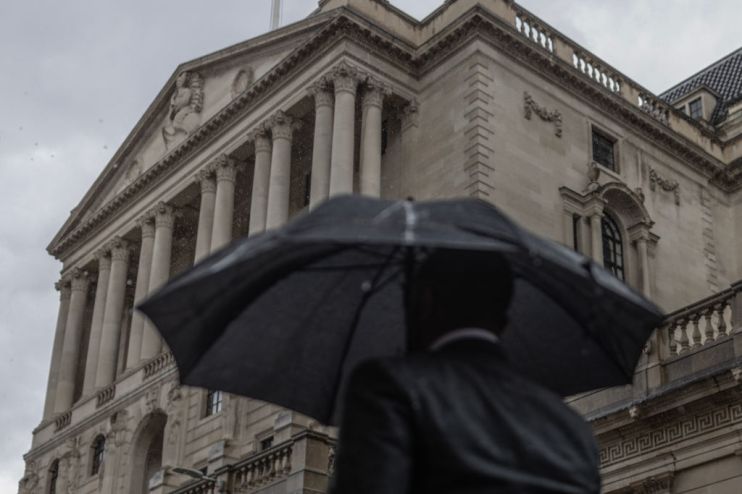Why taxpayers have to transfer the banks tens of billions

The Bank of England attracted yet more unwanted attention last week when MPs described its bond selling programme, known as quantitative tightening, as a “leap into the dark”.
According to the Bank’s calculation, quantitative tightening could cost the taxpayer up to £130bn over the lifetime of the scheme.
MPs highlighted that it was “highly anomalous” that decisions with large fiscal implications were taken with very little consideration of the “value for money”.
What the MPs report also made clear, however, was that there is no easy way of limiting potential losses.
It’s therefore not clear how considering value for money translates into a change in policy.
To understand why, it’s worth a brief recap on how these losses rack up.
For over a decade after the financial crisis the Bank was buying government bonds on the second market in an attempt to stimulate the economy. By 2021, the Bank’s stock of gilt purchases stood at £875bn.
To buy the bonds, the Bank created new commercial bank deposits on which it had to pay interest. When interest rates were low, the yield the Bank received from government bonds exceeded the interest it had to pay on new commercial bank deposits.
These gains were then transferred back to the Treasury.
However, as interest rates have risen, the costs of the programme now comfortably exceeds the return from gilt yields.
The government is on the hook for the difference. Essentially then, taxpayers are transferring billions to the banks. The costs could be reduced by paying the banks less interest.
Nobody is really suggesting that reserves should not be remunerated at all. That’s because higher reserve levels make it more likely that banks will be able to meet demand for liquidity in the event of a crisis. Encouraging banks to hold more in reserves has positive prudential implications.
But the Bank of England could cut interest payments on a portion of commercial bank deposits, moving towards a ‘tiered-reserve’ system.
This possibility was raised by Charles Bean, a former deputy governor at the Bank of England. He told Bloomberg that fiscal risks could be “moderated” if the Bank were to pay less interest on commercial bank deposits. Paul Tucker, another former deputy governor, has also raised the possibility of cutting interest remuneration.
The ECB has already taken steps in this direction. Last July, it announced that it would not pay interest on bank reserves held beneath the regulatory minimum, which is set at one per cent.
Research from the New Economics Foundation suggests that cutting interest remuneration on the minimum required level of reserves could save the Treasury £55bn over the next five years.
So why not?
There’s a number of concerns about changing the reserve requirements while the Bank is actively selling bonds – mostly that it would smack of changing the rules of the game while the ball is still in play.
Stephen Milliard, deputy director at the National Institute for Economics and Social Research, said changing the rules would be in “very bad faith”.
The commercial banks were effectively forced to accept new interest bearing deposits as payment for the government bonds, so reneging on interest payments after the fact is tantamount to a default.
A number of commentators have also argued that cutting the interest paid by the Bank of England to lenders would effectively be a tax on banking.
There’s not necessarily any problem with a tax on the banks per se, but it is likely that at least some of the costs will eventually end up being borne by household borrowers.
Economists will continue debating how effective the various bursts of quantitative easing were in boosting the economy. However, given where we are now, there does not seem to be any way of escaping the costs.